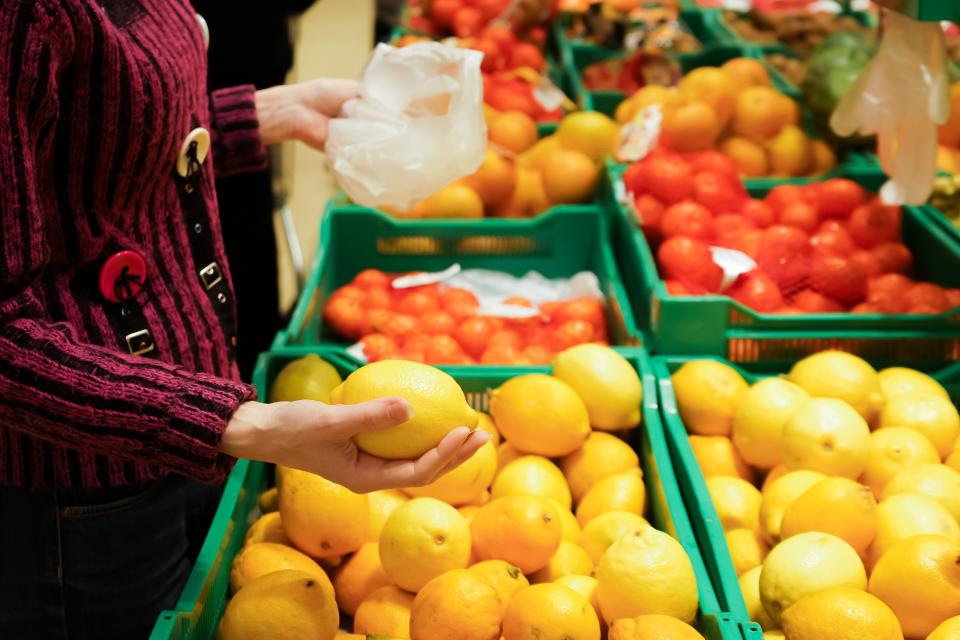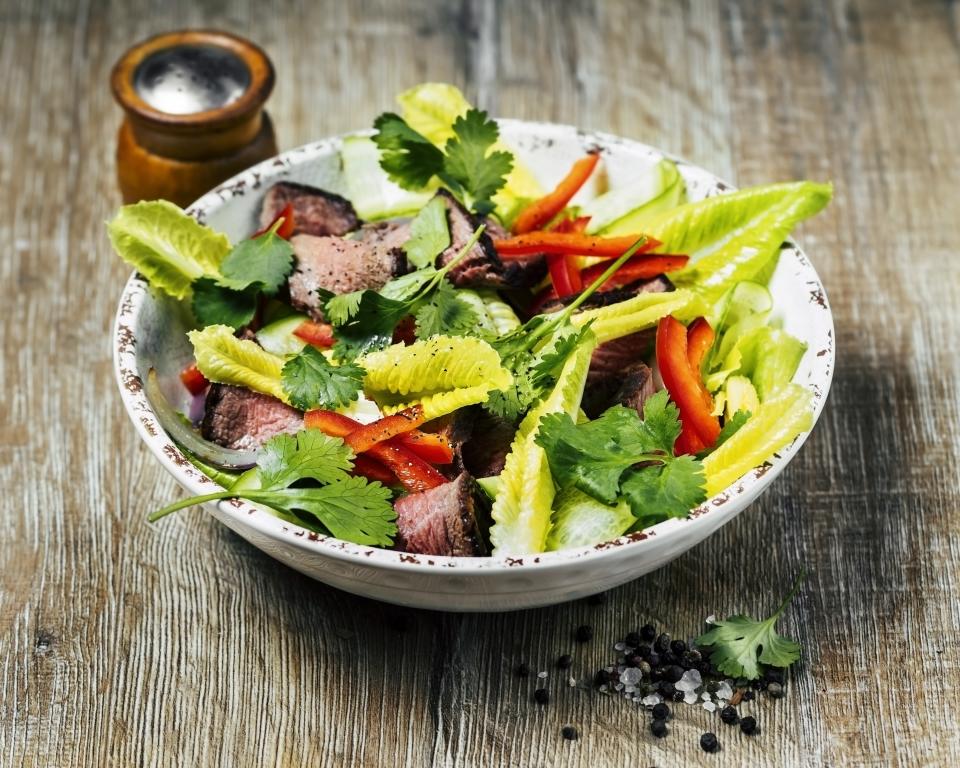What to Know About the "Pegan" Diet, the Trendy New Paleo-Meets-Vegan Lifestyle
Another day, another trendy diet: The "Pegan" diet is the latest way one health expert is hoping to create a movement around healthier eating. The Pegan diet is a hybrid of two eating philosophies you're probably already familiar with: vegan (no animal foods) and Paleo (no dairy, grains, soy, legumes, or processed sugar). Here's what Peganism involves, what its health benefits could be, and why one nutritionist is unimpressed with the new term.
What does it mean to eat Pegan?
If you're wondering how you could both be vegan and eat grass-fed steak, the answer is simply this: you can't. The point of Peganism is that you're centering plant foods rather than animal foods while still including high-quality animal foods in your diet.
Mark Hyman, the medical director of the Cleveland Clinic Center for Functional Medicine, coined the term and is now championing the dietary approach. "It's really simple," he told CBS News. "Eat foods low in sugar and starch. Eat lots of plant foods. If you're going to eat animal foods, eat sustainably grown or harvested foods. Have foods that have lots of good fat, like nuts and seeds, olive oil, avocados."
Hold on, haven't I heard these tips before?
It's clear this philosophy is nothing new in the world of nutrition. "Unfortunately, not everyone is listening to the old advice no matter how many times we say the same things," Keri Gans, a nutritionist in New York City, tells Allure. "If giving a trendy name to something healthy brings it to the attention of the consumer, I can't argue with that."
With elements of veganism and the Paleo diet, the idea of Peganism is to get back to a more traditional way of eating (we're talking hunter-gatherer days). "We ate 800 species of plants. We ate wild animals," Hyman told CBS News of our ancestors. "Now, we eat highly processed foods."

Woman chooses lemons in a supermarket
Getty ImagesThis is where Gans interjects, saying we need to define the word "processed." Take almonds, for example, she says. Even "raw " almonds are pasteurized — in other words, processed — before we eat them. That doesn't mean they should be lumped with Doritos. Same with milk: "There’s a difference between milk that has been pasteurized and food where the first ingredient is sugar," she points out.
She recommends reading ingredient labels to suss out how far a food is removed from its original state, focusing on whether there is added sodium or sugar. Another rule of thumb: If you can't pronounce any of the ingredients, it may be best to put the food down.
So, should I go Pegan?
At the end of the day, the more whole foods you eat — think fruits, veggies, grains, fish, poultry, and even red meat — you cook with, the more likely your meal is to be nutritious, Gans says. This is one of Peganism's main points, as well.
But Gans isn't a fan of Hyman's blanket recommendation to eliminate gluten and dramatically cut back on other whole grains: Unless you have an intolerance, "There’s no reason you should be eliminating whole grains like the Paleo diet does," she says. She also points out that if jumping on the Pegan bandwagon means cutting out something you love, that can backfire.
"When people are deprived of foods they love, they can never sustain success," she says. "Never having chocolate touch your lips again? How long is the average person going to last? Any nutrition changes should be changes we make for life — not diets we go on and off."
Read more stories on nutrition and dietary approaches:
Now, watch how to make soup like Victoria Beckham:


